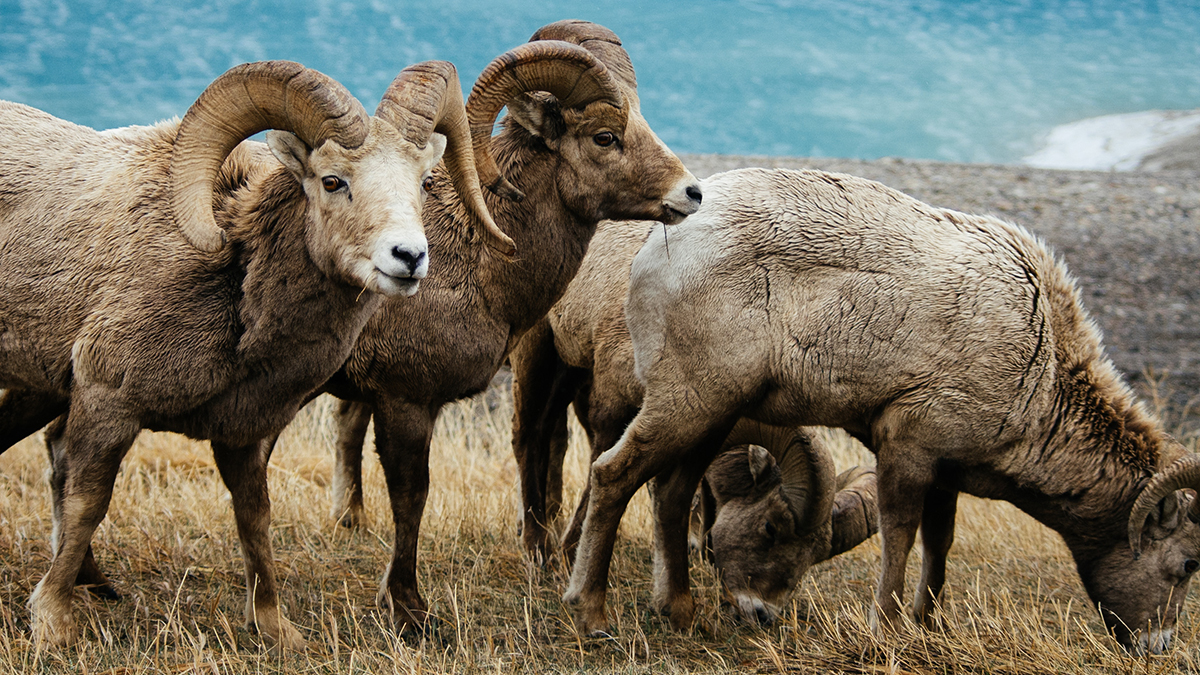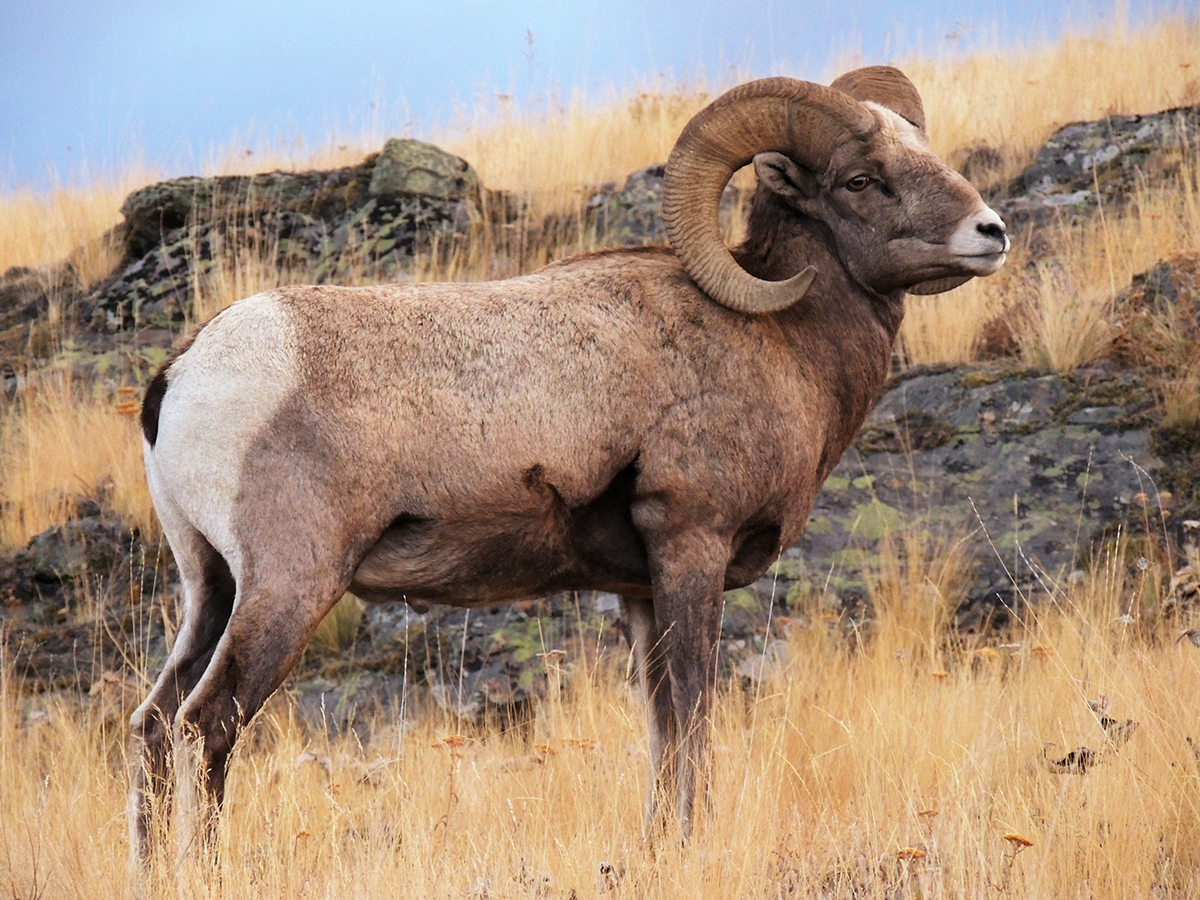 Ab Sch
Ab SchSize does matter, at least when it comes to the horns of male bighorn sheep. But in this case, smaller might be better for survival.
The larger the horns on rams, the more desirable the animals are for trophy hunters. According to David Coltman, professor of Biological Sciences at the University of Alberta, decades of hunting has led to the artificial evolution of a smaller average horn size in the animals.
Coltman and his co-authors studied trends in horn size in a flock of bighorn sheep on Ram Mountain near Nordegg, AB. This group had been hunted consistently into the 1990s, with an average of two rams being killed annually.
Areas that are easily accessible for hunters and have, or have had, high harvest rates, such as Ram Mountain, have significantly smaller average horn sizes. Patterson pointed to the highly accessible Peace region in the north of the province as having compellingly smaller average horn size than the geographically nearby but less accessible Skeena region.
The province regulates the size of horns on rams that can be hunted, and those animals are often taken as soon as they have horns with a “fourth-fifths curl, or parallel with the eye.” This often occurs before they have a chance to reproduce.

“Horns can reach legal status as early as age four or five in southern Alberta,” Coltman said. “But they don’t become socially dominant for a few more years. The year a sheep became legal at Ram Mountain in the ‘90s, it had a 50 per cent chance of being taken.”
This meant that males who developed their horns more slowly, or never reached provincial size minimums, have been more likely to survive to reproductive maturity. Reaching an increased age before they are culled, Coltman said the additional mating know-how and experience gained in these years is crucial for rams to become dominant in the group.
One particular ram in the study had horns which never reached the minimum hunting size, Coltman said this animal sired at least 28 lambs.
“He did pretty well, he was a fairly large animal even though he had small horns,” Coltman said. “Younger rams with bigger horns coming through the ranks were often shot before they became experienced enough to challenge (the old male).”
Since horn growth rate is a highly heritable trait, Coltman said having more small-horned rams reaching reproductive maturity would lead to a net decrease in horn size. Since 1972, the average size of a set of ram horns at the study site has declined more than 20 per cent.
Groups which were heavily hunted over this period of time did not rebound in horn size quickly. Strong selection pressure means that the sheep do not rapidly return to horn sizes seen previously at Ram Mountain.
Protected areas, such as national parks, have groups with higher average horn sizes, but Coltman said hunters have caught onto the pattern of large males leaving park borders during mating — or rutting — season.
“Hunters know that sheep will come out of the parks in rutting season,” Coltman said, “That’s a time of year when they can be harvested. It’s around the parks we see the biggest-horned rams being taken.
Although Coltman said the “genetic reservoirs” created by parks could be refuges for the sheep, he said a greater ideological change would result in greater positive effects on the horn size of these populations.
“If we stopped hunting based on horn size, the horn size will increase, albeit slowly,” Coltman said in a press release. “We have to become more evolutionarily enlightened about how we manage and conserve animal populations.




